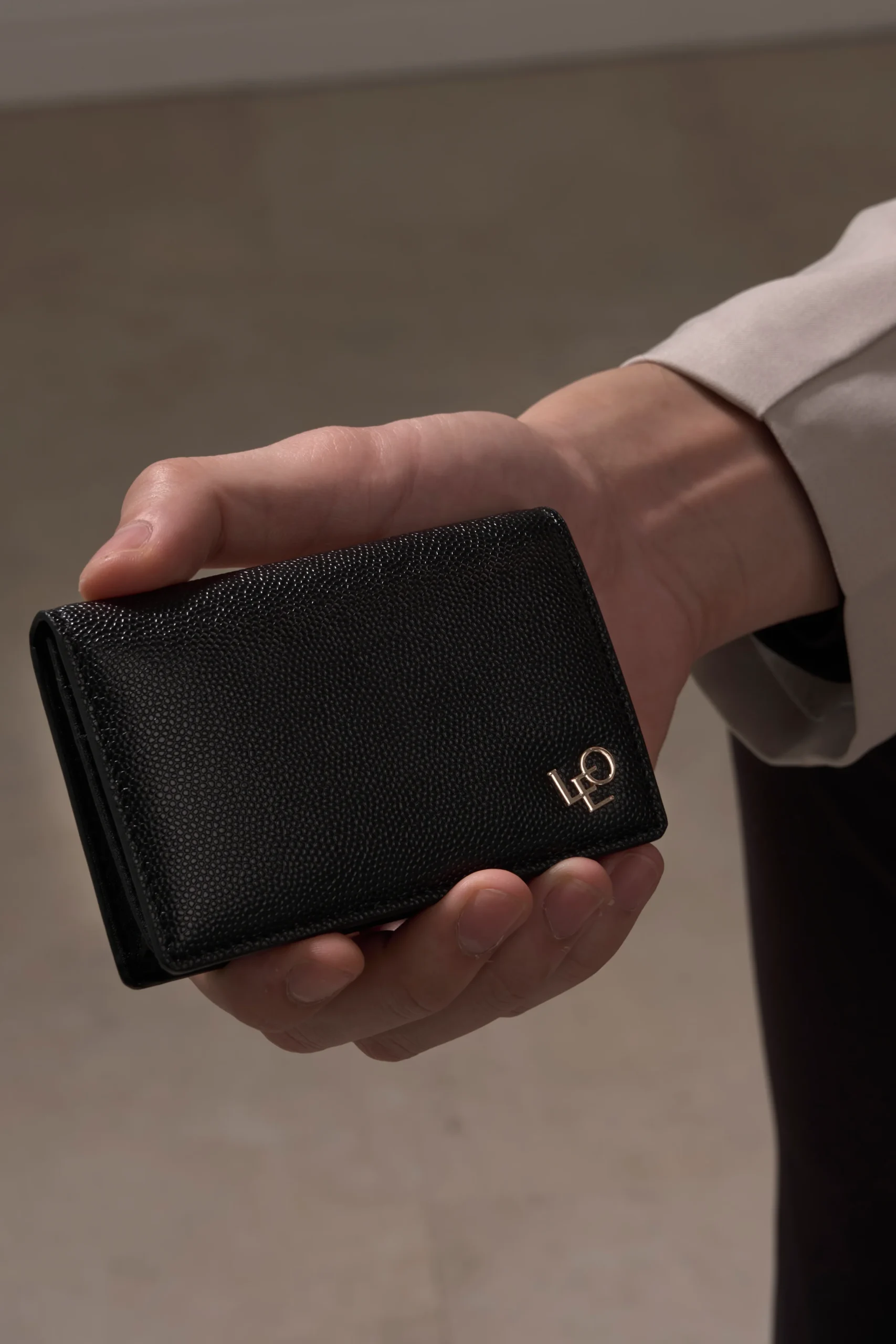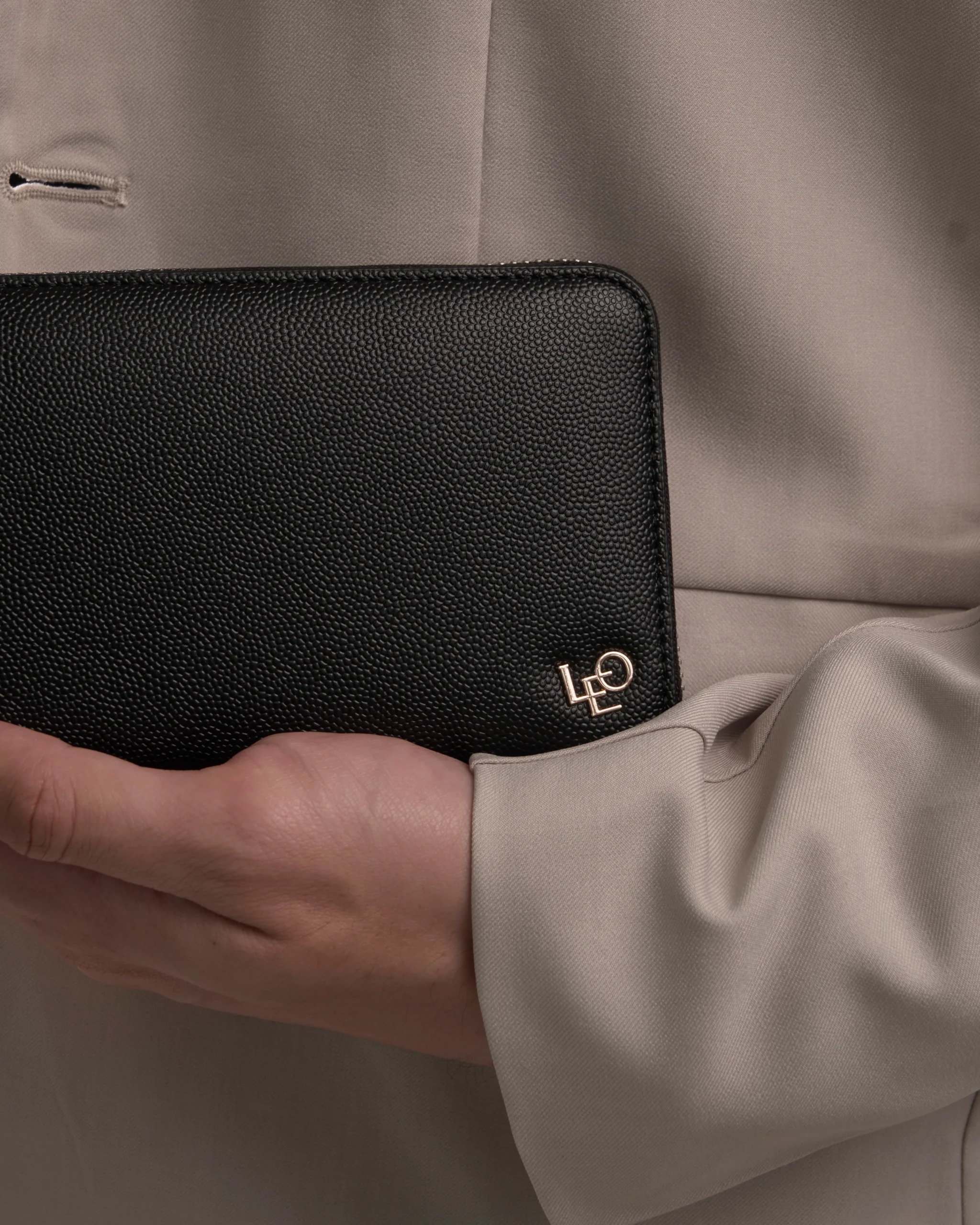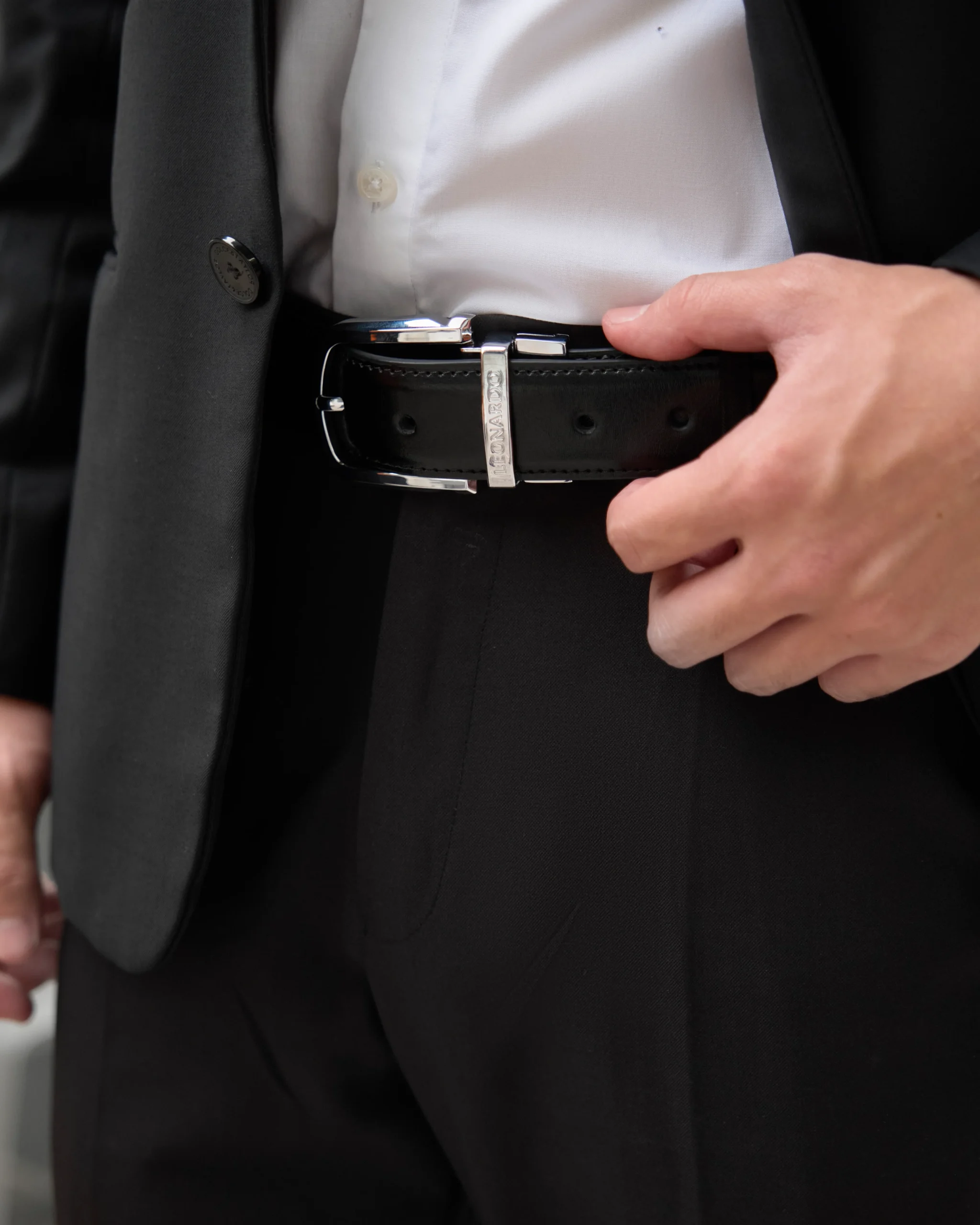Microfiber Leather – The Leather of the Future
With a staggering 9000 meters of microfiber packed into just 1 gram, microfiber leather is rapidly establishing itself as the king of leather materials.
Historically, cowhide has dominated the leather industry for its sturdy, durable, and easily workable nature. However, microfiber leather is set to surpass traditional animal leathers, offering superior benefits.

Microfiber – Precision in Every Detail
Unlike previous synthetic leathers that only mimicked surface appearance, microfiber leather replicates both the surface and internal structure of real leather. Early synthetic leather products often looked good but fell short on durability, showing flaws within six months. Microfiber leather’s revolutionary weaving technique transforms this with ultrafine fibers woven to mimic real leather, providing a premium finish.
A microfiber strand is remarkably thin, with just one gram stretching up to 9000 meters—far finer than typical fibers. These fibers are woven tightly, creating a leather structure that’s durable without relying on adhesives.
Microfiber – Superior to Traditional Leather
Not only does microfiber leather spare animals, it also offers advantages over popular natural leathers.
Exceptional Durability
Thanks to its dense microfiber weave and high-tech needle punch, microfiber leather is exceptionally durable—even more so than natural leather. Additionally, a high-tech PU resin coating recreates the texture of real leather while adding waterproofing and water resistance.

Easy to Maintain
With no natural pores, microfiber leather resists dust accumulation. The waterproof surface simplifies cleaning, preventing mold and bacteria from embedding. For microfiber, “clean” applies not only to appearance but also to its properties.
High Customizability
Natural leathers serve specific purposes based on their properties. In contrast, microfiber leather’s structure allows flexibility in color, elasticity, stiffness, or softness. This adaptability expands creative possibilities for designers.

Eco-Friendly
Traditional leather production relies on livestock farming and slaughtering, and tanning processes are resource-intensive, using water and harsh chemicals. Microfiber leather, on the other hand, minimizes environmental impact, representing a sustainable future for leather and fashion.
